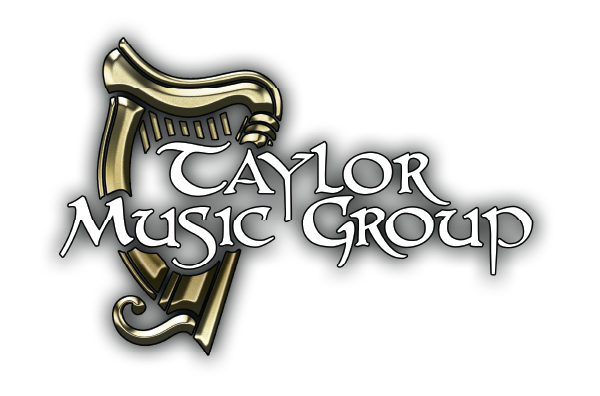So Hallow’d the Time Review by William Kempster
by William Kempster
BRIAN GALANTE So Hallow’d the Time. PAULUS How Far is it to Bethlehem. Christmas Dances. Pilgrim’s Hymn • Robert Taylor, cond; Mary-Scott Taylor (vn); Jessica Hull-Dambaugh (fl); Kari Kistler (ob); Abigail Kent (hp); Taylor Festival Ch • DELOS 3580 (49:35 )
The title of this disc So Hallow’d the Time is taken from the work of the same name by Brian Galante (b. 1974), a choral composer and university professor based in Tacoma, Washington. Also included on the disc are three works by a somewhat better-known contemporary American composer, Stephen Paulus (1949–2014). This is a disc of Christmas music that is more focused on the contemplative aspect of that most important of Christian celebrations than numerous other such recordings, many of which more often than not include a predominance of more festive music.
There is no doubting the rapt beauty of Galante’s five-movement piece, which is scored for chorus, soprano and baritone soloists, flute, harp, and violin. There is a danger of the piece becoming a little sentimental, and were it not for the fine performances on offer here, that could easily have been the case. Even though the choral writing is quite sparing, the chorus (especially the women) are the real standouts, singing with a gorgeous blend and unanimity of tone. The music is not difficult, but anything less than virtually perfect singing would simply not do in this music. Of the instrumental contributions, harpist Abigail Kent deserves to be singled out for her immaculate playing and musical sensitivity. Both vocal soloists—Brandon Henrickson and Grace Kahl—have lovely moments, although both also use a little much vibrato at times for my personal taste. With the exception of the central section of the fourth movement (“Light”), virtually all of the music of the first four parts of So Hallow’d the Time is slow and contemplative, so it is somewhat of a relief to find the final movement—“Hope”—presenting an engaging and vibrant version of the oft-set Tennyson poem “Ring out Wild Bells.” The rest of the music on this disc is by Paulus: two short seasonal numbers, How Far it is to Bethlehem, and Pilgrim’s Hymn, and the world premiere recording of the four-movement Christmas Dances, written in 2008. Both of the shorter pieces come off very well, with a particularly fine oboe solo by Kari Kistler in Paulus’s arrangement of the English carol How Far it is to Bethlehem. Pilgrim’s Hymn is one of only two unaccompanied choral tracks on this new recording, and the Taylor Festival Choir give it a touchingly glowing rendition full of beautifully blended and balanced singing. The choir is clearly superbly trained and directed by its founder Robert Taylor, and it is a delight to hear a professional American choir singing in English without the vernacular distortions all too often encountered when experiencing such ensembles. This is an outstanding choir, gorgeously recorded in this instance.
Paulus’s Christmas Dances present four short movements with texts drawn from 16th- and 17th-century American, English, and German sources. The first movement, “Break Forth,” features flute and harp solos as well as the full chorus performing a predominantly melodic role, with occasional piquantly-voiced moments of mild dissonance. The second movement, “Methinks I Hear the Heavens Resound,” is more rhythmically characterized, but the chorus still plays a similarly highly melodic role, with extensive use of unison as well as straightforward homophonic choral writing. The third movement, “The Nativity of Our Lord,” is the other track on this recording that is scored for unaccompanied chorus, and is a fine example of that quintessentially American contemporary style of choral anthem which employs the choir as an almost organ-like instrument, deploying exclusively homophonic writing and a slightly expanded tonal palette in the service of an overtly emotional choral communication. The last movement, “On The Nativity of Our Saviour,” sees the return of the flute and harp in an engaging quasi-carol that is vaguely reminiscent of some of English composer John Rutter’s similarly seasonal creations.
I briefly mentioned the recording quality above, but I would be remiss to not comment on this a little further, as this is a truly lovely recording. Recorded at Circular Congregational Church in Charleston, South Carolina, the performers are beautifully placed in a very nicely reverberant space where the choral blend, in particular, is exquisite. For my taste, the instrumental and vocal soloists—with the exception of the harpist—are placed a little too forward, but there is no doubt that the detail in these parts is well served by this decision, so that is fine. Not all music lovers will find this disc to their taste, but for those who enjoy modern American choral music, this is an outstanding new contribution to the list of first-rate recordings available. Strongly recommended.
William Kempster

